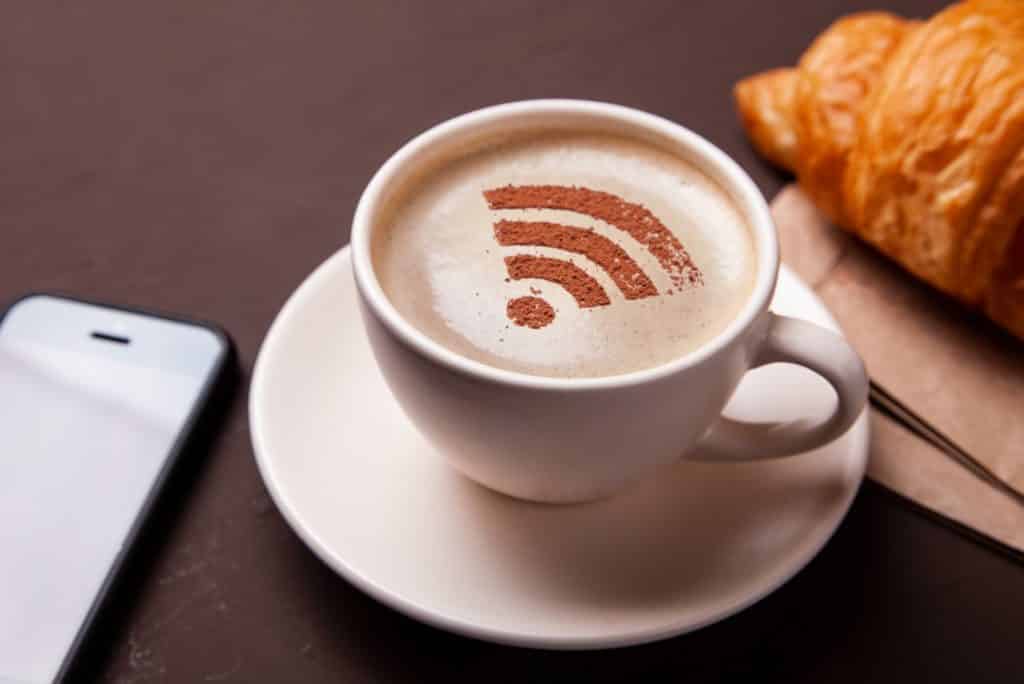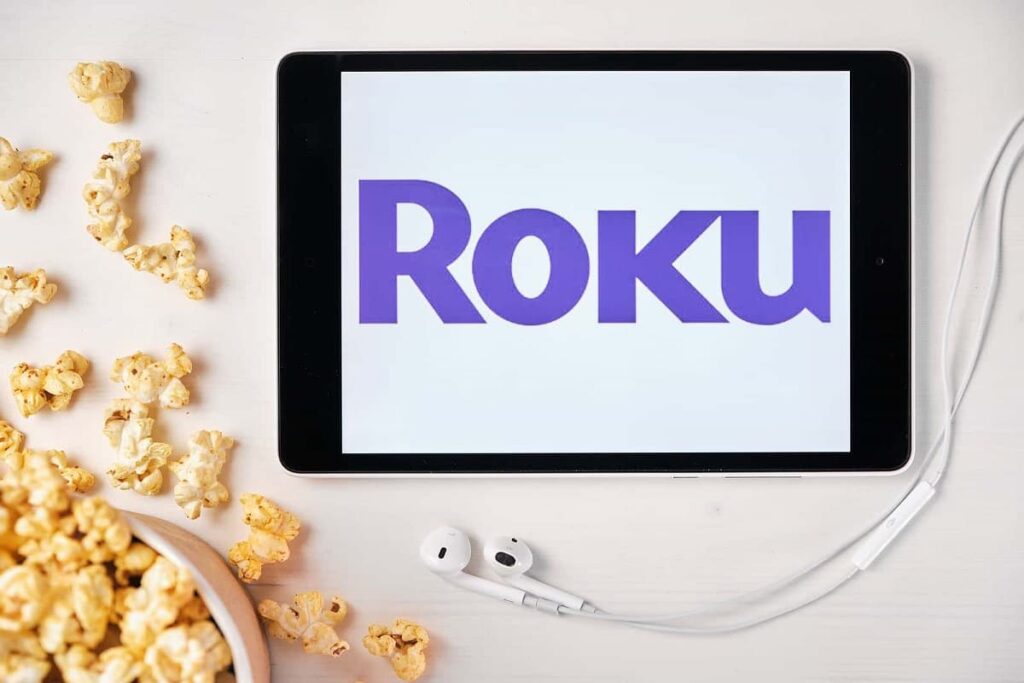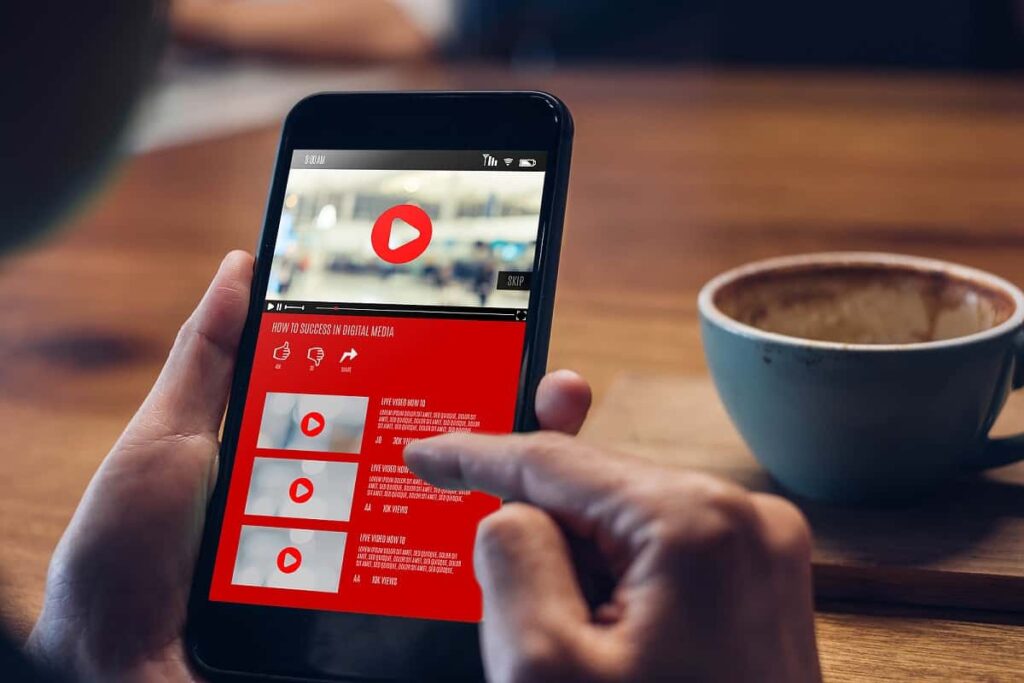Wi-Fi Hotspot Marketing Software That Works
Table of contents
Table of contents

The sweet spot for any digital nomad is the ability to work from anywhere on the planet, provided that there’s readily available Wi-Fi access. Since we’re all remote workers here at Nanalyze, we’ve spent a fair amount of time holding up our phones looking for “two bars” of reception so we can start writing. We found an app that helps find cell phone towers, and right now we have an MBA on assignment in Alaska to investigate a startup that’s looking to make broadband available across the entire state first, then the entire planet. We’re heavily invested in finding that mythical “global internet access plan” we’ve talked about before, and we’re also avid users of free Wi-Fi which we use wherever we go.
We’ve probably all used free Wi-Fi at some point in time, and it usually requires you to enter your name and email address to access. Just about everyone eagerly volunteers up these bits of information, clicks the checkbox which says “I understand my email can be used to sell me stuff I don’t need” and then clicks “Access the Internet now.” That willingness to offer up an email address has led to what’s being called “Wi-Fi marketing.” The business model goes something like this.
- Get the customer to connect to Wi-Fi – While many people will connect without being asked to, you may offer some sort of incentive for your other customers to connect. For example, a restaurant might offer an immediate discount for people to connect to Wi-Fi.
- Send the customer an effective marketing message – When the customer leaves the restaurant, you may thank them for coming and send them a coupon.
- Log when the customer returns – This part is key. The real value to marketers is being able to see when a customer returns
We were surprised to see just how many companies out there are trying to engage in “Wi-Fi hotspot marketing”. One company, in particular, has been quite successful in showing a return-on-investment for their Wi-Fi hotspot marketing software.
Wi-Fi Hotspot Marketing Software
Founded in 2012, San Francisco startup Zenreach has taken in $94 million in funding to develop a nationwide network of access points that means they can recognize 1 in 7 customers visiting any business. Zenreach claims to be the first product to let retailers who operate real-world locations connect their online advertising with measurable in-store results. Zenreach uses proprietary technology to measure “Walk-Through Rate,” that is when someone walks into a physical location within seven days after seeing a marketing message online. To begin using their solution, just plug in the router. It will immediately begin harvesting your customer’s contact information which can then be used for targeted marketing. Zenreach can then provide details on cost and revenue per Walk-Through, return on ad spend, and customer lifetime value.
The Zenreach website contains loads of use cases that show how their solution drives tangible results. Here are a few examples.
- Mall – Grossmont Center in La Mesa, California was collecting emails from mall shoppers manually and it took months to collect just 400 emails. Then, all they had was 400 emails and no idea what to do with them. With Zenreach, they’re now actively marketing to 30,000 emails with 56% being return customers.
- Bar Restaurant Chain – Trifecta Management Group was collecting emails on handwritten signup sheets they sent off to be transcribed. It then took a week to create an email with open-rates as low as 2%. One of their busier locations had only collected around 5,000 contacts in seven years. They doubled that in just 3 months with Zenreach.
- Car Wash Group – With quick visits under 5 minutes and no waiting area, it seemed unlikely that many guests would join the WiFi network. Not so. Within the first 30 days of using Zenreach, the car wash group more than doubled their total database size by collecting over 1,800 contacts.
Last year, Zenreach drove 7.5 million people into their customers’ businesses translating into $393-$739 million dollars of additional attributable revenue. And that’s just for restaurants. The solution can also be used to attract new customers by analyzing your existing customers to establish cohorts that you can then target with digital ads.

What we liked about Zenreach is that they handle the ad generation piece which keeps you from wasting your money on Facebook ads that may not be targeting who you think they’re targeting.
The Problem with Facebook Ads
There’s an interesting video on Youtube by science channel Veritasium which talks about how paying for Facebook ads results in lots of suspicious likes. The video explains why, but here it is in a nutshell.
Around the globe are “click farms” where John-in-Mumbai types will sit around generating paid likes for customers. If you ever had a Facebook page that you wanted people to “like,” you may have considered paying for likes. Don’t do it. Those likes and $3 won’t buy you a cup of coffee at Starbucks these days. That’s because once that person likes your page, they will never look at it or engage with it again. Plus, Facebook will eventually figure out the like came from a click farm account and then delete the account and you’re left with eff-all. So, what about running Facebook ads for likes? Veritasium decided to put up a complete rubbish page and see who liked it based on Facebook ads they ran.

Ad dollars were spent, and a bunch of people liked the above page. Why? The creator of the aforementioned video speculated that people who work in click farms will try and establish their legitimacy by liking every single ad that pops up. In other words, paying for Facebook ads can be about as useless as paying a click farm – except it’s far more expensive.
We’ve had the same exact experience. A few years ago we were running Facebook ads to drive traffic to particular pages and noted that we were receiving loads of likes. We quickly realized that something was wrong when we received zero engagement from these “fans” when posting our articles on Facebook. Needless to say, we will no longer give Facebook one red penny of ad dollars and will make sure to tell everyone that will listen about our horrible experience. To this day, we’re “unliked” every day by these supposedly authentic likes. Those ad dollars are much better spent on a platform like Zenreach which connects with people who are actually at retail locations spending money.
Conclusion
It’s said that Wi-Fi availability means that half of all customers will spend more than they would otherwise. That’s just one reason why you want to offer free Wi-Fi. If you’re already offering free Wi-Fi, why not use it to harvest your customer’s contact info so you can drive increased sales and effectively market to them using someone else’s tried and true platform? Over 90% of purchases still happen offline, and the ability to use digital marketing to target offline customers has historically been a challenge. Not anymore.
Sign up to our newsletter to get more of our great research delivered straight to your inbox!
Nanalyze Weekly includes useful insights written by our team of underpaid MBAs, research on new disruptive technology stocks flying under the radar, and summaries of our recent research. Always 100% free.














